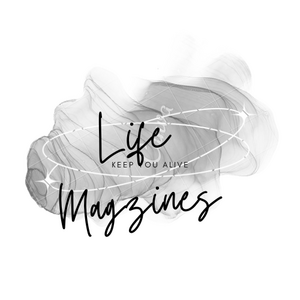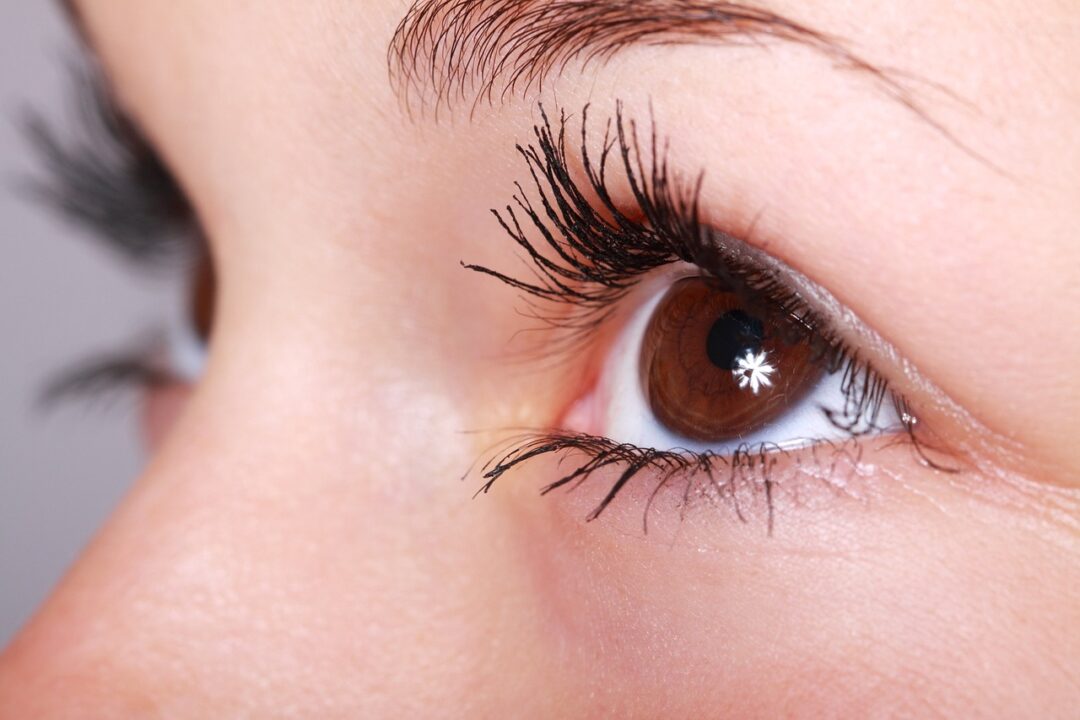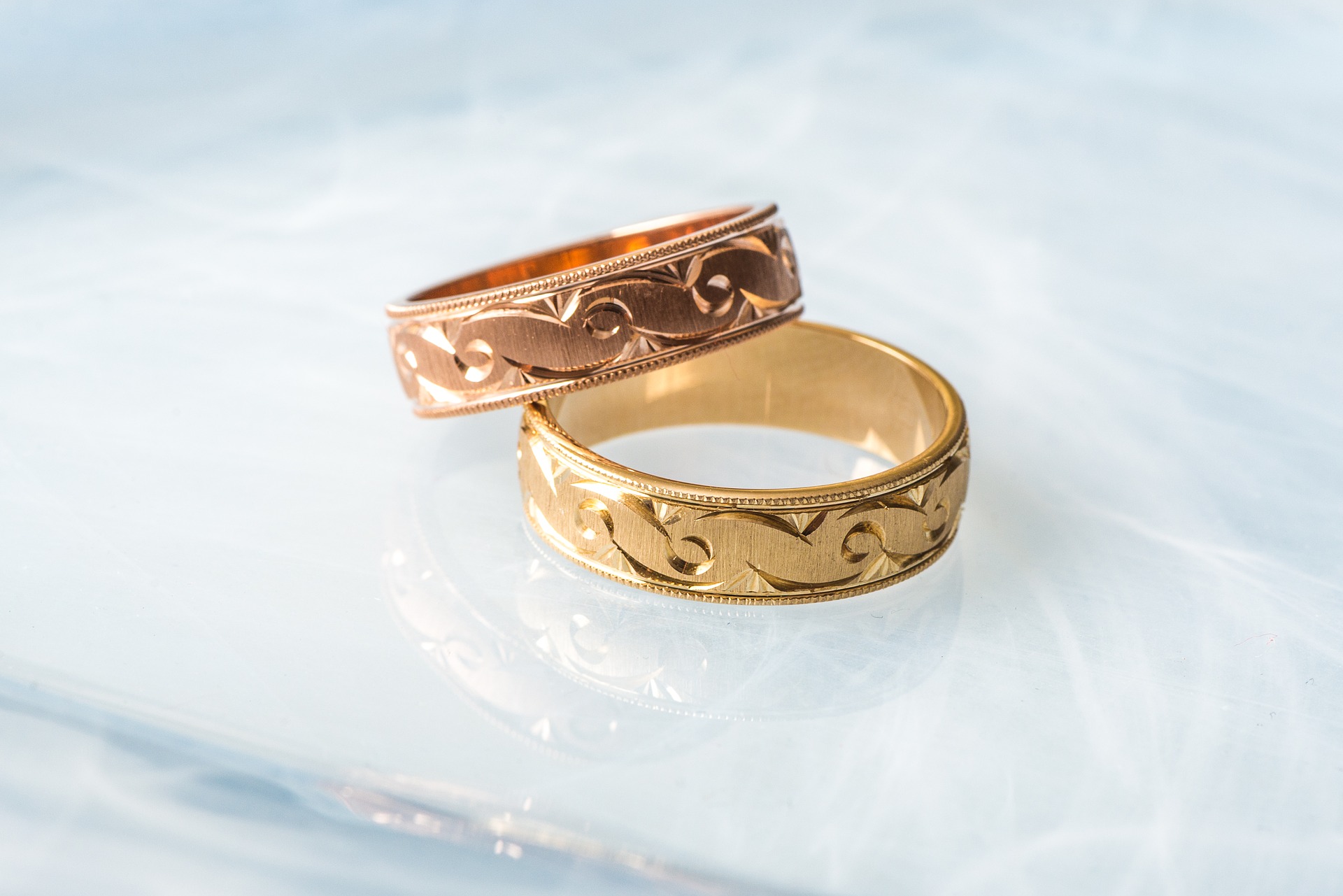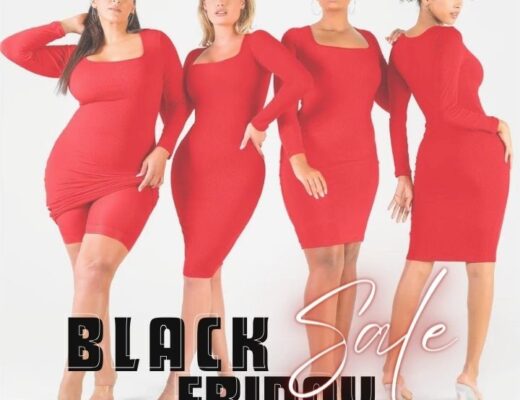Has the charm of lash extensions smitten you? You’re not the only one. It offers a lot of stunning and customizable styles to suit an individual’s eyes. But having a lot of options can also be confusing, especially for lash newbies.
Sure, every style looks great. But how will you know which one is perfect for you? That’s something lash technicians can help you with. Every individual owns a unique pair of eyes and preferences. They are aware of this and know precisely how to pick a suitable lash style for their clients.
Here is a 10-point checklist to help you understand how a lash tech chooses your lash style.
10 Considerations for Choosing Your Lash Style
Choosing a lash style isn’t simply picking what you fancy. It involves other important factors, so it is best to consult a professional lash artist instead of doing it yourself. Here’s a look at how a lash stylist chooses between classic lash styling and volume lash styling for you.
1. Eye Shape
A great lash artist first recognizes your eye shape and gives you professional suggestions for the last style that best suits it. This is because no matter how appealing a specific style appears, it won’t work on an eye shape that doesn’t complement it.
Here’s a quick preview of the different eye shapes.
- Almond-Shaped Eyes – The most flexible eye shape. All lash styles suit this eye shape, so you may choose a style according to your taste.
- Round Eyes – This eye shape matches a style that elongates them and makes them appear less rounded.
- Elongated Eyes – A long and thin eye shape. It’s commonly found in Asian eyes (think Lucy Liu as a celebrity example).
2. Eye Set
A lash tech recognizes the different ways distance is set between the eyes. Two types of eye sets help determine the suitable lash style for you: close set eyes and far set eyes.
Close Set eyes have minimal space between the two inner corners. This makes them appear closer together. The suitable lash style for this would make them look farther apart.
Far Set eyes refer to eyes with a larger space in between the two inner eye corners. Unlike close set eyes, lash artists pick a lash style that virtually reduces the distance between them.
3. Eye Depth
The first thing that might come to mind when discussing eye depth is depth perception (the ability to see something in three dimensions). But eye depth for lashes is different. It’s a factor that lash artists use to pick a lash style for their clients.
Here’s a preview of the two eye depths for lash styling.
- Monolid Eyes – Eyes with no creases. They push your natural lashes downwards while your upper eyelid covers a part of them. This eye depth is also more common in Asians. A lash tech picks a natural lash style to complement this eye depth.
- Deep-Set and Hooded Eyes – These eyes create an illusion of a prominent brow bone outline. The eyes are deeper in your eye socket and make your eyelids appear to be swallowing the lash lines underneath.
4. Eye Planes
Are you familiar with the term “eye plane”? Imagine drawing a horizontal line across your eyes’ inner and outer corners. Depending on your eye shape, this horizontal line can be either ascending or descending.
There are two types of eye planes.
- Upward Eyes – An ascending eye plane. These eyes have an upward-facing outer eye corner, creating a natural Cat Eye shape. Lash techs pick a style that doesn’t emphasize this upward angle.
- Downward Eyes – The inner corners of your eye sit slightly higher than the outer corners. A lash stylist chooses a style like the Butterfly to lift the straight lashes on your outer eye corners.
5. Lash Curl
After identifying your eye shape, lash techs look at your lash profile, beginning with lash curls. Depending on their natural lash growth, every individual has a unique lash curl and layer. This is important because it influences the lash style that suits you best.
There are nine types of lash curls:
- Flat lashes – A completely flat and lightweight curl that creates a thick look
- I Curl – A subtly flat curl popular with male clients
- J Curl – Another flat curl but less flat than the first two curls
- C Curl – A popular curl for its universal structure
- B Curl – A popular curl that is less curly than C and used as a base curl
- CC Curl – A popular curl slightly curlier than C and ideal for people with deep-set and hooded eyes
- D Curl – A perfect curl for people with very straight natural lashes and downward eye shapes
- L Curl – A curl with a straight base and ideal for people with monolid eye shapes
- M Curl – The least common type of curl. It can lift very straight natural lashes and droopy eyes
6. Lash Length
Your natural lashes differ in length. The shorter lashes are in the corners, while the longer lashes are in the central areas. This influences the lash artist’s decision on what style will fit you best.
The rule is that they must apply the shortest lash extension lengths on short natural lashes and vice versa.
- 6mm to 8mm are the shortest lash lengths they use. But lash techs also consider the strength of your natural lashes. So, they usually apply the 8mm lash on the inner or outer corners and 6-7mm only on the inner corners.
- 9mm to 13mm are the most common lash lengths lash techs use because many people have natural lash lengths within this range. 14mm to 15mm are less popular, while 16mm is the longest they can use on you.
Lash techs also avoid using lash extensions more than 2mm longer than your natural lashes to prevent overstress. It also helps prolong your investment.
7. Lash Diameter
Lash technicians assess the thickness of your lashes to pick the perfect lash style. They use the same thickness of lash extensions as your natural lashes (or at least 1mm thicker). It ensures your natural lashes can handle the number of extensions.
There are six common variations of lash diameters.
- 0.03mm – The thinnest diameter for mega-volume lash extensions. It gives a super dramatic look.
- 0.05mm – Perfect for 6-7D volume sets. The term “6D” or “7D” refers to how many extensions a lash artist puts on a fan (a combination of lash extensions applied to a single natural lash).
- 0.07mm – Ideal for 3-5D volume lashes. It supports weaker natural lashes and avoids gaps while giving a fuller appearance.
- 0.10mm – Ideal for classic or hybrid lash styles
- 0.12mm – Ideal for classic or hybrid lash styles
- 0.15mm – Used for classic lash extensions only
8. Strength of the Natural Lashes
You may have noticed how we constantly bring up the strength of natural lashes throughout this article. That’s because it’s an essential factor in lash styling. Your natural lashes can only handle a certain amount, length, and thickness of lash extensions. If you try to push an amount beyond its capacity, the lash look will fail and trigger overstress.
Proper styling encourages not only beauty but also good hair care. To keep your baby lashes healthy, lash technicians use thin, short extensions or avoid putting anything on them. They also pay attention to the lash growth cycle. When your lashes grow out, they know it can alter your lash look. This is why they require fill-in appointments.
9. Environment
Not all lash styles fit every setting. This is why lash artists ask where you often spend your time. For example, your workplace is critical because you must dress professionally. In this case, natural and classic styles like the Open Eye would be great.
If you’re prepping for a party, something more dramatic like the Kim Kardashian-inspired Wispy Eye would be great. Make sure to tell your lash artist about it, so they can consider your environment before application.
10. Client Preferences
Don’t worry. A lash tech won’t brush off your request. They will do what they can to grant your request. Usually, they will show you a lash display featuring all the different lash extensions and styles they offer. This helps you choose the lash set you want (unless you already have one in mind).
Some lash artists also provide free and downloadable templates on their websites to give you a preview of their services. This way, you can decide before booking an appointment.
The Next Step: Assessment and Lash Mapping
Once the last artist accomplishes the ten points to consider in lash styling, they will proceed with assessment and lash mapping.
Lash mapping is the process of using a marker to draw a style guide on a client’s eye patch. It involves separating the lash area into sections, emphasizing some, and marking curls and lengths down before application. It helps a lash technician to create the perfect lash set, avoiding uncertainty and mistakes.
New lash artists benefit the most from lash mapping and often take extra time to craft one. But as time passes, they will improve, work faster and better, and spend less time drawing them.
A Preview of the Most Popular Lash Styles
Are you still looking for a lash style? Here’s a preview to help you pick your desired lash look.
1. Open Eye
As its name suggests, the Open Eye or Natural Look gives off a natural-looking appearance. It mixes short and long lashes, following your eye shape and emphasizing long and full lashes.
2. Dolly Eye
The Dolly Eye style resembles a doll’s eyelashes but is more luxurious. This style makes small eye shapes look more prominent and rounder. And if you’re looking for the most popular classic lash extension styles, this is one of them.
3. Butterfly
The Butterfly is a classic lash style that mimics a butterfly’s fluttering wings when you bat your lashes. It extends the shape of your eyes and gives off a lightweight and softer appearance. It’s also a popular lash style.
4. Cat Eye
How about something sultry? Try the Cat Eye style. It’s equally famous as the Butterfly and known for its winged and sexy effect. The focal point is the longer lash extensions toward the outer eye corners. It’s suitable for people with strong and thick natural lashes.
5. Wispy Eye
The Wispy Eye is Kim Kardashian’s signature lash look. It features a feathery butterfly appearance. Lash techs use wide and short volume fans as the base and long, narrow fans on strong natural lashes to complete this look.
6. Wet Look Style
This is how you look when your lashes are wet but styled. The lashes are divided into sections and appear dense and bold. This style also requires strong natural lashes. Otherwise, opt for something lighter like the Butterfly.
7. M/L Curl Eyeliner Style
If you have straight natural lashes or monolid eye shapes, the M/L Curl Eyeliner style is good for you. It lifts your lashes and produces a sharp and long effect on your eyes. One important detail about it is that it uses the M curl. Lash techs blend it with other curls and use it all the way to the outer corners.
Key Takeaway
Many people choose lash extensions over makeup or mascara. It saves time and offers customizable options. Those tired of the typical nine-to-five routine and looking for alternative jobs are also pursuing a lash career. Does it ring a bell? It’s a sign to start your learning journey to lash extensions.
There are many things to discuss, but one of the most critical is choosing a lash style. Not all styles suit every individual, so lash techs go through a series of checkpoints to find the best style for you. They look at your eye shape, lash curl, length, diameter, natural lashes, environment, and preferences.
With these checkpoints, they can create a lash set that your lashes can handle, looks appropriate at your workplace, and won’t overwhelm you. We look forward to your lash makeover!





